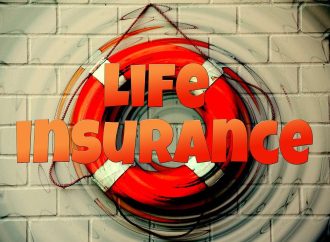When it comes to insurance, there are several types of policies that can offer protection against various types of damage or accidents. However, every family should have at least one of the three most common types of insurance. 1. Homeowner’s insurance Homeowner’s insurance has six categories, with HO-1 and HO-2 being the most common options.
When it comes to insurance, there are several types of policies that can offer protection against various types of damage or accidents. However, every family should have at least one of the three most common types of insurance.
1. Homeowner’s insurance
Homeowner’s insurance has six categories, with HO-1 and HO-2 being the most common options. These policies only cover specific damages listed in the policy, and do not protect belongings located on the property. HO-2 forms offer more coverage than HO-1. HO-3 provides protection against all types of damage, including a specific list of belongings located within the structure. HO-4 and HO-6 policies cover only belongings, which renters can use as the landlord or management company holds coverage on the dwelling. HO-6 provides greater protection than HO-4 but is more expensive. HO-5 covers all belongings, not just a set few, and is worth the increased cost.
2. Medical insurance
Medical insurance is another crucial type of insurance, with different options for you or your employer to choose from. HMO is one of the most commonly used insurance plans that allows you to choose from a network of healthcare providers. It includes preventative care, but you must have a referral from your primary care physician in order to see a specialist. PPO has a similar network of doctors, but you do not need to choose a primary care provider and can see any in-network doctors. You do not need a referral to change doctors, but there is a copay for each visit like other plans. EPO works similarly to HMOs and PPOs, but there is no out-of-network coverage, making these cheaper. POS is a hybrid between an HMO and PPO. It requires a primary care provider assignment, but you can see out-of-network doctors if you are willing to pay a higher copay.
3. Auto insurance
Auto insurance is widely used for protecting your vehicle in case of an accident. Liability plans, required by most states, cover the damages and medical bills if the accident was your fault. Collision coverage covers repairs to your vehicle in case of an accident, regardless of who’s fault it was. Comprehensive coverage covers everything unrelated to an accident, such as theft or hitting a deer. Uninsured motorist coverage protects you in case someone else causes damage and doesn’t have a policy in place to pay for repairs.
It is important to have at least one of these types of insurance policies for you and your family’s protection. It is always best to carefully consider each option and find the policy that best suits your needs and budget.























Leave a Comment
Your email address will not be published. Required fields are marked with *